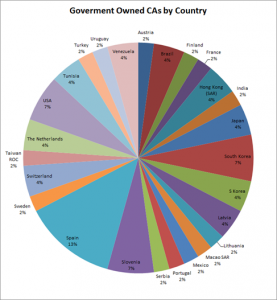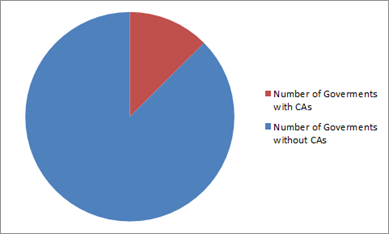One of my favorite security sayings is “My threat model is not your threat model”. We broadly accept there are different perspectives for every problem — the same is true with security.
Consider an Enterprises IT organization where you are chartered to support and secure a business. You need to meet this charter with a fairly fixed set of resources but the business requirements you must support are always changing. To deliver a reasonable level of service enterprises standardize on a core set of ways that certain issues (user and access management, compute, etc.) will be provided and force business units down the path of adopting them. But that standardization often results in non-ideal user experiences, disjointed business workflows, slow innovation and importantly, in this case, it also commonly results in the either over or under mitigating security risks.
Startups, who are on the other end of the spectrum, are in a race to demonstrate market traction before their funding runs out. As a result, startups either virtually ignore security and privacy altogether or re-using a component they do not understand that is not well suited to the business problem they are solving or simply solves the wrong problems for their business risks.
Both enterprises and startups show the hard reality that we are often so close to our problems and set in our way of thinking we simply miss the big picture. This natural bias can hurt our businesses and in the context of security trade-offs, and result in incidents like the recent Equifax breach or the ever-growing list of Bitcoin exchange compromises.
The first step in preventing this “missizing” of risk is to make sure you understand what your risks actually are. The right way to do that is to think adversarially, taking a step outside of your business process or solution and thinking about the structure of the system your protecting and defining a threat model that captures those risks. This is not a one time exercise, it is something you need to constantly be re-visiting and getting new perspectives into.
Consider the typical Bitcoin exchange compromise, the exchanges usually start with a basic system limited to “online hot wallets” with weak architectural protections. They probably know better (for humanity’s sake I hope they do) but decided that the risk, in the beginning, is low enough because they have so little to lose that they go forward. Later they find success and are focused on other parts of their business and never get back to fixing that early trade-off.
As an aside, this bitcoin example showcases lots of problems, the largest being the asymmetric risk distribution. Specifically, the risk here is that of the depositor but the decision to take the risk is made by the exchange. I digress but this class of problem is a real problem in most startups and is the impact of which is multiplied 1000x in Bitcoin startups.
In any event, we can see how these sorts of things happen in hindsight so how can we limit how often these issues happen in the first place? As a technologist it hurts me to say this, the answer is process.
The good news is that process does not need to be heavy-weight. You need to make sure you approach the problem systematically and regularly, for example:
- Instead of a threat model, you can do a simple threat tree,
- You can use your bug tracking system to track the security issues you have found,
- You can make sure those bugs capture the security decisions you have made,
- The consequences of the identified risks for the actors in the system are captured,
- What mitigations you have put in place for those issues along with how effective you think they will be are captured,
- And importantly have a plan for how you will respond when things go wrong because they will regardless of how well you plan and invest in making the right security decisions.
You can then make sure you are reviewing these and acting accordingly on a regular schedule. This will ensure your organization at least has an inventory of issues that can last the individuals on a team and will make sure there is a point of conscious risk acceptance that the organization has taken.
This does not replace a full-on security program but it can at least make sure you are looking at the problem in the context of your business, your users and not just assuming every system has the same security needs.
On a related note for you startups, especially those who are operating in murky waters regarding regulation. The current regulations belong in your threat tree so you can make sure you understand them and begin to understand how they might apply to you even if you have to squint a bit to do it.

